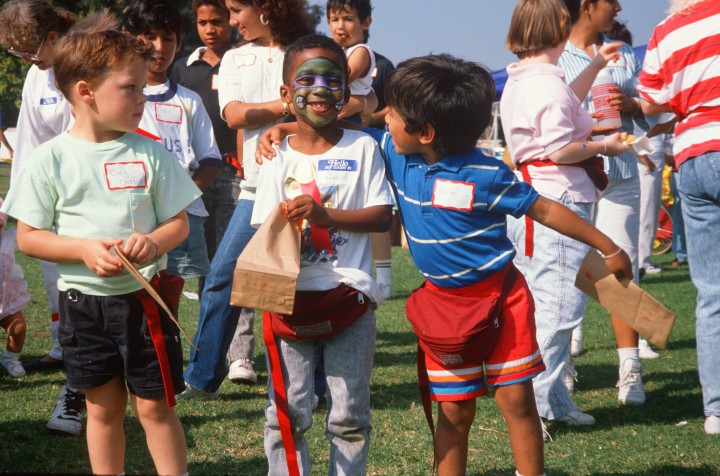MONTREAL – Has the following statement ever left you scratching your head: “I don’t see race, I just see people.”

Racial colour-blindness is something that sounds good in theory, but it doesn’t seem realistic in practice.
After all, experts insist that until we can comfortably talk about race, we can’t possibly address the issues that plague certain minorities.
If we insist we can’t see visible minorities, how can we hear their struggles?
A new study by Social Psychological and Personality Science, When societal norms and social identity collide, asks this question in relation to how minority children living in western countries see both themselves and others.
“Their racial background is often integral to their identity and how others perceive them,” stated the study’s authors Kristin Pauker, Evan Apfelbaum and Brian Spitzer.
“Yet, talk of race is taboo.”
The study came to this conclusion after gathering 108 American-raised Latino, Asian, Black and Caucasian children between the ages of 9 and 12 and asked them to play a game similar to “Guess Who.”
Each child was given 40 photos and told they had to ask as few questions as possible to figure out which card the other person was holding.
Children who come under the “visible minority” umbrella, it seems, were just as likely to avoid the topic of race.
“It is troubling that pressures to adhere to colour-blind norms override talk of race, even among racial minority children,” wrote the authors.
In fact, only 40 per cent of the children asked questions like “are they Black?” or “are they White?” in order to win the game.
Afterwards, about 58 per cent said it would have been rude or offensive to ask those types of questions, while 23 per cent insisted it would be extremely racist.
“Teachers are particularly important social referents for instilling norms regarding race,” noted the study.
“Norms that equate colour-blindness with socially appropriate behaviour appear more broadly influential than previously thought, stifling talk of race even among those for whom it may be most meaningful.”
Their conclusion: minority children don’t benefit from this so-called “racial colour-blindness” approach.
“Issues of race continue to be a source of controversy and contention…from education and business to policing and the law,” wrote the authors.
“It remains unclear how these issues can be resolved, much less articulated, if no one is willing to acknowledge race.”
rachel.lau@globalnews.ca
Follow @rachel_lau


Comments